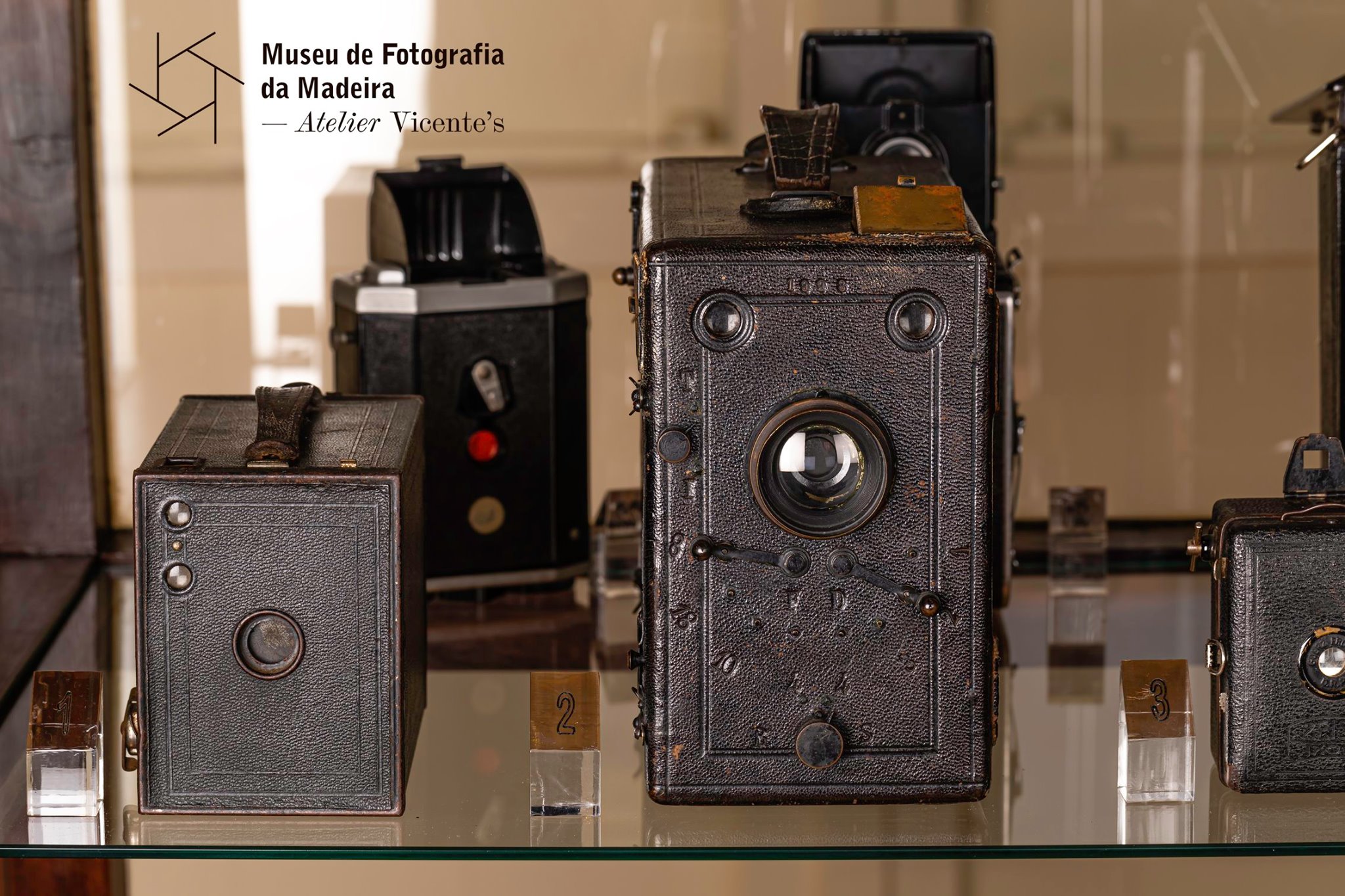Between 1839 and 1880, taking photographic images was only available to professionals or advanced enthusiasts, as it was an expensive and complex process. Not only did it imply mastering the principles of photography, but also operating technically demanding cameras and handling chemicals in the dark, to prepare plates that should be used while still wet when capturing the photograph. The first step towards the democratization of photography was taken in 1871, with the invention of the gelatinous dry plate based on silver bromide, by Dr. Richard Leach Maddox. In addition to greater durability, this process had the great advantage of eliminating the inconvenience of preparing plates before shooting. However, its terrible sensitivity to light, postponed for a decade its application in a more sustainable way. With the maturity of this process, it was possible to create simpler and more easier to handle cameras for inexperienced people, this way rising the amateur photography. Around 1880, cameras already preloaded with dry plates (between 10 to 20 units) began to appear, and the front glass chassis was already ready to use, proceeding to the next one using a lever. This type of camera became known as a box camera, or a detective camera, as they are more discreet, and the photographer can go more unnoticed among passersby, compared to previous models that required a tripod and a black cloth. In 1892, Samuel Turner, patented an innovative support, the film, which, in addition to being safer and more comfortable than glass, also allowed the Bull's Eye camera (developed by himself) to be loaded in daylight with a reel with more exhibitions. George Eastman's company, after a judicial imbroglio with Turner, ends up buying the patent and changes the panorama of photography on a global scale, with the Kodak film loading system, which, at that time, was already a real fad in the Europe and North America.
The Madeira Museum of Photography has in its collection several cameras of this type, and in the image that illustrates this text, there are two examples exhibited in the studio:
1. Brownie N ° 2
Made by Eastman Kodak, Brownie opened the door to photography for the masses, as it is low cost and easy to use, as evidenced by its advertisement: "Push the button, we do the rest". It consolidated the era of the portable and simple shot, allowing good photos for even the most inexperienced, without having to adjust the focus or time the exposure. The name of this model was based on Palmer Cox's book, The Brownies, Their Book (1887), which told fantastic stories about imaginary little elves, this way emphasizing the small size of the camera.
Although the model shown uses roll film 116, film 120, which is still produced today, was created because of Brownie.
Eastman Kodak Co., Rochester, NY, EUA 1901-1935
Imagens 6,5 x 11 cm, filme em rolo 116
MFM — AV, inv. 010 VIC
2. Câmara detetive
Fabricante desconhecido, França c. 1910
Placas de vidro 9 x 12 cm
MFM — AV, inv. 006 GRM Doação Gino Romoli
[MG]
Fotografia by Marco Gonçalves


